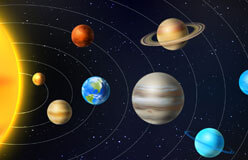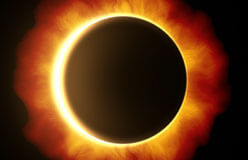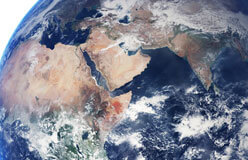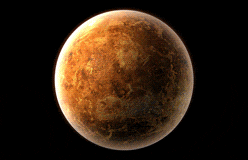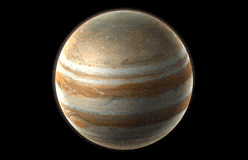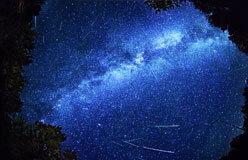The solar system is as regular as a clock. Planets orbit the Sun year after year, and moons orbit their planets.
Scientists can figure out where and when many things will be found in space. But not always, because accidents happen.
For example, many asteroids cross the orbits of planets. If they cross when the planet is in the way, you can guess what happens. Asteroids are small, and planets are big. In a head-on crash, the planet probably “wins.” And the asteroid probably becomes part of the planet.
Crashes and near-misses are rare. And that’s why scientists (and other folks, too) get so excited about them.
